Starting allopurinol can feel overwhelming. You’ve been told it will help prevent gout flares, but you’ve also heard stories about severe rashes, hospital visits, and scary side effects. The truth? Allopurinol is safe-if you start it the right way. Too many people get it wrong. They take a full dose right away, get sick, and quit. That’s not how it works. This guide shows you exactly how to begin allopurinol therapy safely, based on current medical guidelines and real-world experience.
Why Allopurinol Isn’t Just Another Pill
Allopurinol isn’t a painkiller. It doesn’t stop a gout attack once it’s started. Instead, it lowers uric acid levels in your blood over time. High uric acid leads to crystals forming in your joints-those are what cause the swelling, heat, and pain of gout. Allopurinol blocks the enzyme that makes uric acid, so your body slowly clears out the buildup.But here’s the catch: when you start allopurinol, your body begins breaking down those old crystals. That process can trigger a flare-up. That’s not the drug failing-it’s your body reacting. The goal isn’t to avoid flares completely at first. It’s to manage them so they don’t derail your treatment.
Step 1: Confirm You Need Allopurinol
Not everyone with high uric acid needs allopurinol. Many people have elevated levels but never have a gout attack. Treatment isn’t about numbers on a blood test. It’s about symptoms and history.You’re likely a candidate if:
- You’ve had two or more gout attacks in the past year
- You have tophi (visible lumps of uric acid crystals under the skin)
- You’ve had kidney stones caused by uric acid
- You have chronic kidney disease and high uric acid
If you’ve only had one attack and it was years ago, your doctor may suggest lifestyle changes first-cutting back on beer, red meat, and sugary drinks. But if flares keep coming, allopurinol becomes the next step.
Step 2: Get Tested Before You Start
Before you take your first pill, you need two blood tests:- Uric acid level - to establish your baseline
- Kidney function (eGFR) - because your kidneys clear allopurinol
Your kidney health directly affects your starting dose. If your eGFR is below 60 mL/min (moderate kidney impairment), you begin with a lower dose. If you’re over 65, your doctor will likely start you even lower. Age and kidney function matter more than your weight.
Some doctors also check for the HLA-B*5801 gene, especially if you’re of Han Chinese, Thai, or Korean descent. This gene increases your risk of a rare but serious skin reaction called Stevens-Johnson syndrome. If you test positive, allopurinol is avoided entirely.
Step 3: Start Low, Go Slow
This is the most important rule. Never start at 300 mg. That’s how people end up in the ER.The standard starting dose today is 50 mg per day. For people with kidney issues, it’s often 25 mg. Even if you’re young and healthy, 50 mg is enough to begin.
Why so low? Because allopurinol reduces uric acid gradually. A big drop too fast triggers flares. A slow drop lets your body adjust. Think of it like lowering the temperature of a hot tub-you don’t turn the knob all the way to cold.
After 2-4 weeks, your doctor will check your uric acid level again. The target is below 0.36 mmol/L (6 mg/dL). If you’re not there yet, the dose increases by 50 mg every 2-4 weeks until you reach the right level. Most people end up on 100-300 mg daily. Some need up to 400 mg, but that’s rare.
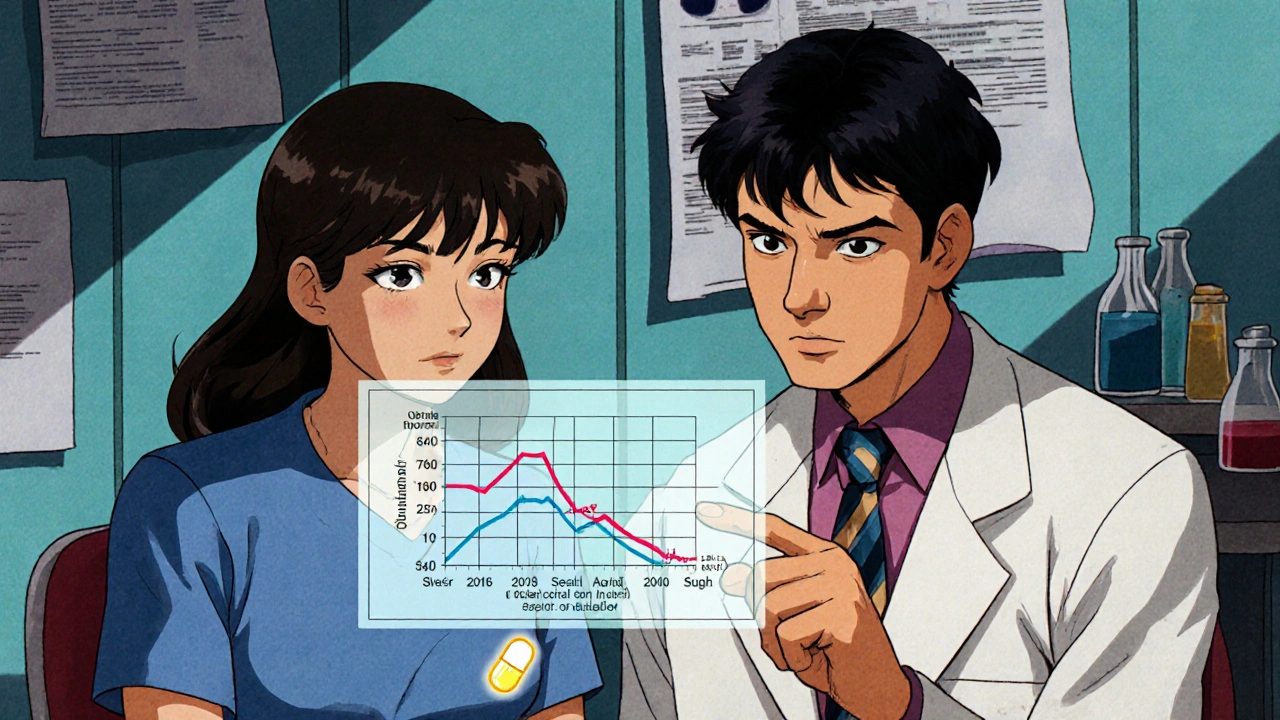
Step 4: Prevent Flares During the First 6 Months
You’re not off the hook after starting allopurinol. The first 6 months are the highest risk for flares. That’s why you need a flare-prevention plan.Doctors almost always prescribe a low-dose anti-inflammatory during this time:
- Colchicine - 0.5 mg once or twice daily
- Low-dose prednisone - 5-10 mg daily (if colchicine isn’t tolerated)
- NSAIDs - like naproxen 250 mg once daily (if kidney function allows)
This isn’t optional. Skipping it increases your chance of a flare by 70%. Many patients stop taking this preventive medicine because they feel fine. Don’t. The flares come when you least expect them-often after a night out or a stressful week.
Step 5: Watch for Warning Signs
Most people tolerate allopurinol well. But there are red flags you must not ignore:- Rash - especially if it spreads, blisters, or peels
- Fever - without another cause
- Swollen lymph nodes
- Yellowing skin or eyes - signs of liver trouble
- Severe fatigue or nausea
If you develop any of these, stop allopurinol and call your doctor immediately. Don’t wait. A rash could be harmless, but it could also be the start of a life-threatening reaction. The earlier you stop, the better the outcome.
Don’t confuse a mild, itchy rash with a serious one. A few spots that fade after a few days are usually just your body adjusting. But if it’s painful, blistering, or covers more than 5% of your skin, it’s an emergency.
Step 6: Stay Consistent and Monitor
Allopurinol only works if you take it every day. Missing doses lets uric acid rise again, which can restart crystal formation.Set a daily reminder. Keep your pills next to your toothbrush or coffee maker. If you forget, don’t double up. Just take the next dose at the usual time.
Every 3-6 months, get your uric acid level checked. Your doctor may adjust your dose based on results. Don’t assume your current dose is perfect forever. Your body changes. Your diet changes. Your kidneys change. So should your treatment.

What to Avoid
Some things make allopurinol riskier or less effective:- Alcohol - especially beer and spirits. It raises uric acid and can trigger flares
- Fructose-rich drinks - soda, fruit juice, sweetened teas. These boost uric acid production
- Dehydration - drink at least 2 liters of water daily. It helps flush uric acid
- Other medications - like azathioprine or mercaptopurine. These can interact dangerously with allopurinol
Also, don’t stop allopurinol if you have a flare. That’s a common mistake. The flare means your body is clearing crystals. Stopping allopurinol lets uric acid climb again, making future flares worse.
What to Expect in the First Few Weeks
The first month is the toughest. You might feel more flares than usual. That’s normal. It doesn’t mean the drug isn’t working. It means your body is cleaning house.Many people feel frustrated. They think, “This is worse than before.” But if you stick with it, things improve. By month three, flares become less frequent. By six months, most people are flare-free. The key is patience and consistency.
When to Talk to Your Doctor
Call your doctor if:- You have a rash, fever, or swelling
- You miss more than three doses in a week
- Your flares get worse instead of better
- You can’t take your preventive medicine due to side effects
- You’re planning surgery or starting a new medication
Don’t wait for your next appointment. Early action prevents serious problems.
Long-Term Outlook
People who stick with allopurinol for a year or more rarely have another gout attack. Tophi shrink. Kidney stones become less likely. Long-term use is safe for most people, even into their 80s.Allopurinol isn’t a cure. It’s a maintenance tool. Like blood pressure or cholesterol meds, you take it because your body needs help staying balanced. Most people never need to increase their dose beyond 300 mg. A few need more. A rare few can’t take it at all.
But for the vast majority? Starting low, staying consistent, and preventing flares in the beginning is all it takes to live without gout.
Can I start allopurinol during a gout flare?
Yes, you can. In fact, it’s often recommended. Stopping treatment during a flare makes future flares worse. Your doctor will usually give you a short course of colchicine or a low-dose steroid to control the flare while you start allopurinol. Don’t delay treatment because you’re having a flare.
How long until allopurinol starts working?
It takes weeks to lower uric acid levels, and months to dissolve existing crystals. You won’t feel immediate relief. The goal isn’t to stop pain right away-it’s to prevent future flares. Most people notice fewer attacks after 3-6 months of consistent use.
Is allopurinol safe for long-term use?
Yes, for most people. Studies show allopurinol is safe for decades when used correctly. The biggest risk comes from starting too high or ignoring early warning signs like rash or fever. Regular blood tests and communication with your doctor keep you safe.
Can I drink alcohol while taking allopurinol?
It’s best to avoid alcohol, especially beer and spirits. Alcohol increases uric acid production and reduces how well your kidneys remove it. Even moderate drinking can trigger flares. If you choose to drink, limit it to one small serving occasionally, and never on an empty stomach.
What if I miss a dose?
If you miss one dose, take it as soon as you remember-but only if it’s within a few hours of your usual time. If it’s later in the day, skip it. Don’t double up. Missing one dose won’t ruin your progress, but skipping regularly will. Set a daily phone reminder or use a pill box.
Are there alternatives to allopurinol?
Yes. Febuxostat is another uric acid-lowering drug, often used if someone can’t tolerate allopurinol. But it’s more expensive and carries a higher risk of heart-related side effects. Probenecid helps your kidneys excrete uric acid, but it’s only effective if your kidneys are healthy. Allopurinol remains the first choice for most people because it’s effective, affordable, and well-studied.

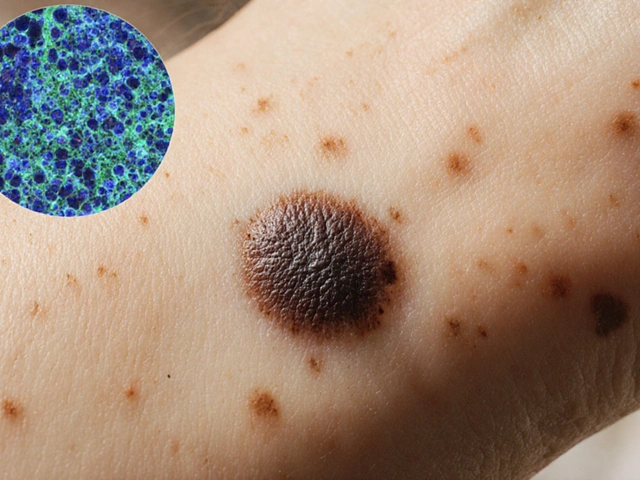


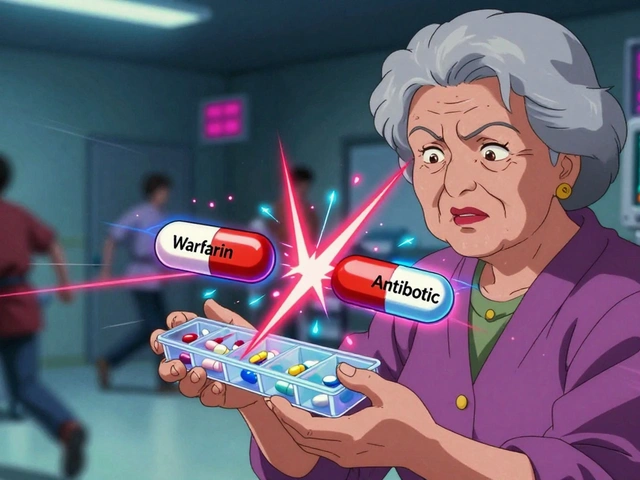


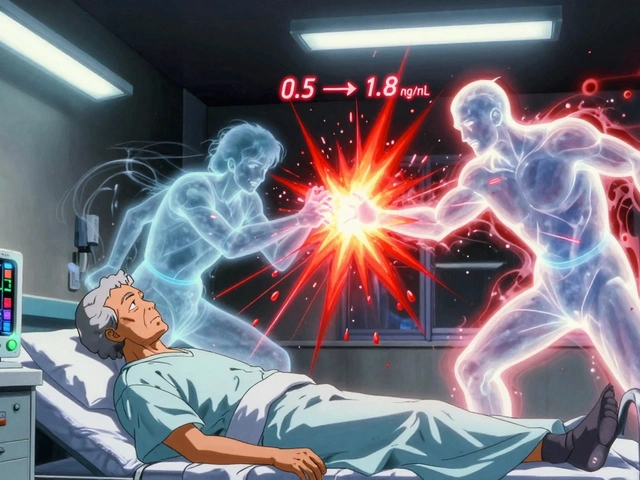
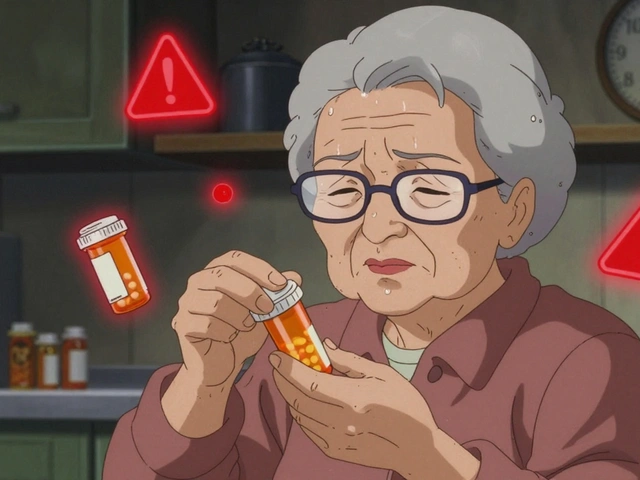
8 Comments
Tara Stelluti
Nov 20 2025I started allopurinol at 300mg because my doctor said ‘just get it over with.’ Ended up in the ER with a rash that looked like I’d been boiled alive. Don’t be me. Start at 25mg. Seriously. Your kidneys aren’t invincible.
Danielle Mazur
Nov 21 2025Did you know the FDA quietly changed the starting dose guidelines in 2021 because of a spike in Stevens-Johnson cases linked to pharmaceutical lobbying? They don’t want you to know they’re pushing cheaper meds over safer ones. HLA-B*5801 testing should be mandatory everywhere - but it’s not. Why? Money.
Margaret Wilson
Nov 21 202550mg?? 😱 I thought I was being *responsible* starting at 100mg… turns out I was just a walking time bomb with a coffee mug. 🙃 Now I take my 50mg like it’s my daily meditation - calm, quiet, and totally not trying to kill myself. Also, colchicine is my new bestie. We have a pact.
william volcoff
Nov 23 2025Actually, the 50mg start is solid - but if you’re over 70 or have an eGFR under 45, 25mg is the real sweet spot. I’ve seen too many older patients get crushed by standard dosing. And yes, the flare-up phase sucks - but it’s not the drug failing. It’s your body doing the cleanup. Think of it like detoxing from sugar. Painful at first, but worth it.
Freddy Lopez
Nov 25 2025There’s a deeper truth here: allopurinol isn’t just a medication - it’s a ritual of patience. We live in a world that wants instant relief, but healing from crystal buildup is slow, silent work. The body doesn’t care about your schedule. It only responds to consistency. To take this pill daily is to accept that some things cannot be rushed - and that’s a kind of wisdom.
Brad Samuels
Nov 27 2025Just wanted to say - if you’re reading this and scared, you’re not alone. I started this 8 months ago. Had three flares in the first month. Thought I’d made a huge mistake. But I stuck with it. Now I haven’t had one in six months. You got this. And yeah, drink water. Like, a lot. I carry a 32oz bottle everywhere now. It’s my new accessory.
Mary Follero
Nov 28 2025OMG YES to the 50mg start - I was told to take 100mg and I almost quit because of the flare. Then my rheumatologist said ‘start low’ and I cried because I finally felt heard. Also, colchicine is a game-changer. I take mine with breakfast like a vitamin. And drink water. Like, a whole lot. I even bought a cute water bottle with time markers. Yes, I’m that person. But my gout is gone. So… worth it.
Will Phillips
Nov 29 2025They told you to start low but they never told you why they stopped testing for HLA-B*5801 in most clinics. It’s because the labs don’t make enough money off it. And now people are dying from rashes that could’ve been avoided. You think this is medicine? It’s a gamble. And your doctor? They’re just following the script. Don’t trust them. Test yourself. Or don’t take it at all.